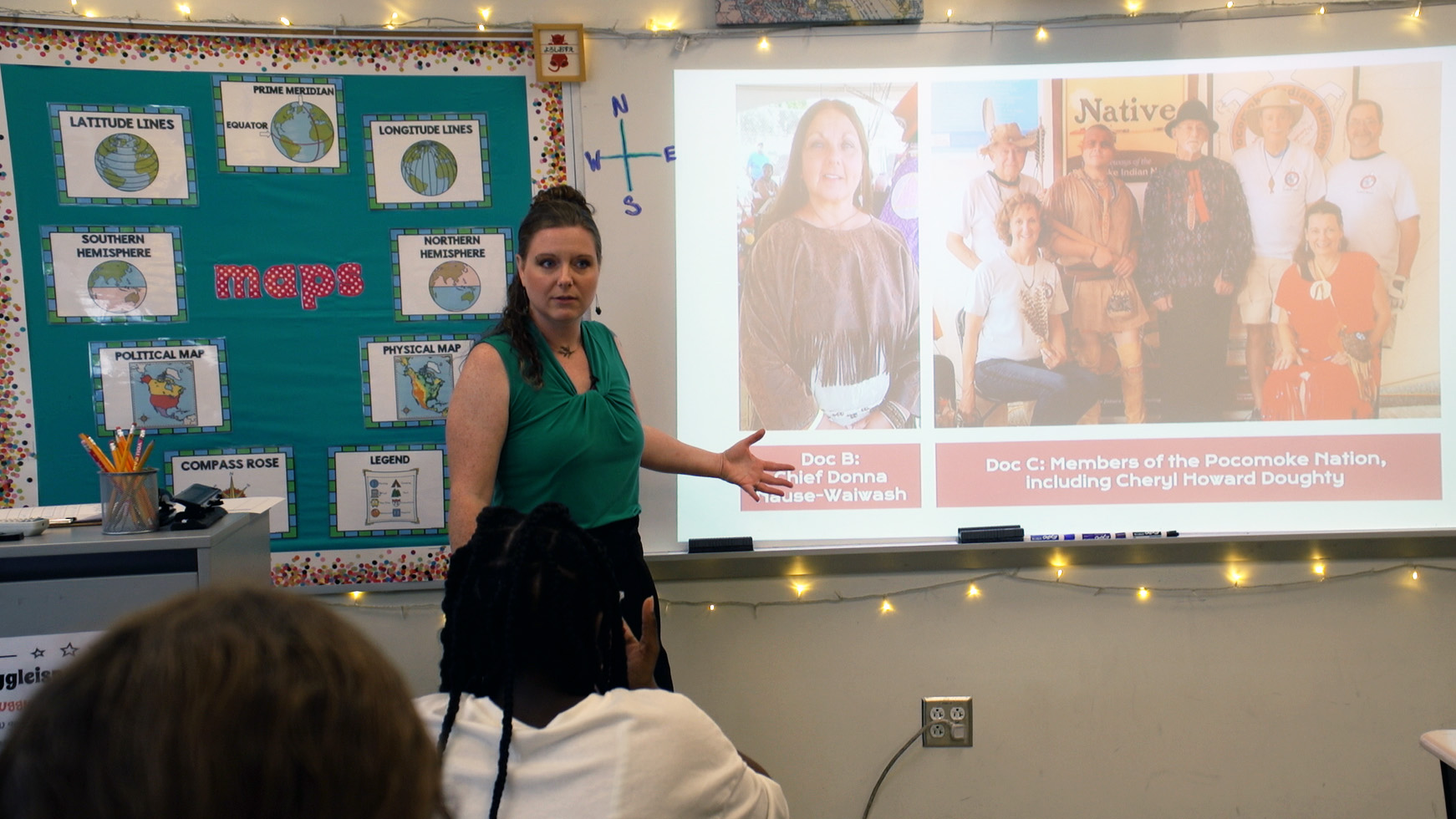Using the Kits in Your Classroom

As students examine sources, they practice historical thinking skills to explore diverse perspectives, think critically about the world around them, and make relevant connections between the past and present.
The Indigenous Maryland Inquiry Kits are designed to support instruction in social studies classes such as history, geography, economics, or government lessons; however, the kits can also be used to support learning in other disciplines. Though the broader collection is called Inquiry Kits for Social Studies, the sources in the Indigenous Maryland Inquiry Kits can support teaching and learning in science classes for lessons related to environmental shifts, in English classes to contextualize the study of books by Indigenous authors, or in art classes to learn about Indigenous craftwork.
While analyzing the sources within the kits, understanding perspective is paramount. For example, when examining sources, guide your students to ask and answer the following questions:
- Who created this document?
- Why did they create it?
- What were their biases?
Also, encourage students to interrogate the unheard voices in the sources by asking questions such as:
- Whose perspective is missing?
- What information could we learn if we heard their voices?
- Could the creator’s bias have obscured some part of this story?
In the following video, Sarah Mason and Cheryl Doughty discuss how the Indigenous Maryland Inquiry Kits empower educators to bring authentic Indigenous perspectives into history lessons, encouraging students to engage critically and think empathetically about their local history.
The Library of Congress Primary Source Analysis Tool
The process of analyzing primary sources can follow the Library of Congress's model: Observe, Reflect, Question. Expand each box below to find guiding questions that will help students examine primary sources. You may need to modify the questions based on the grade level.










